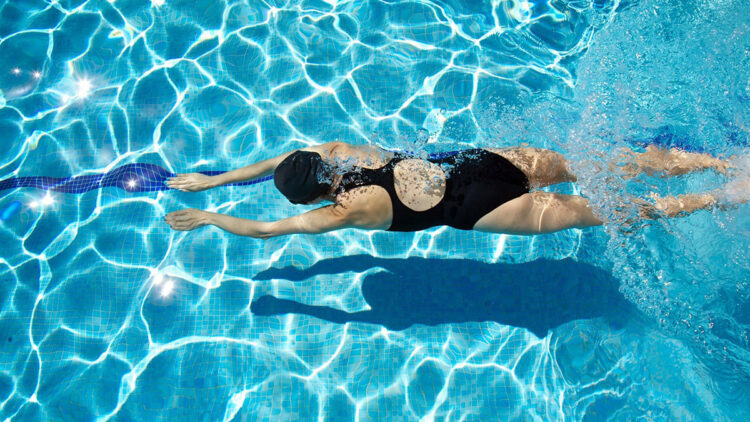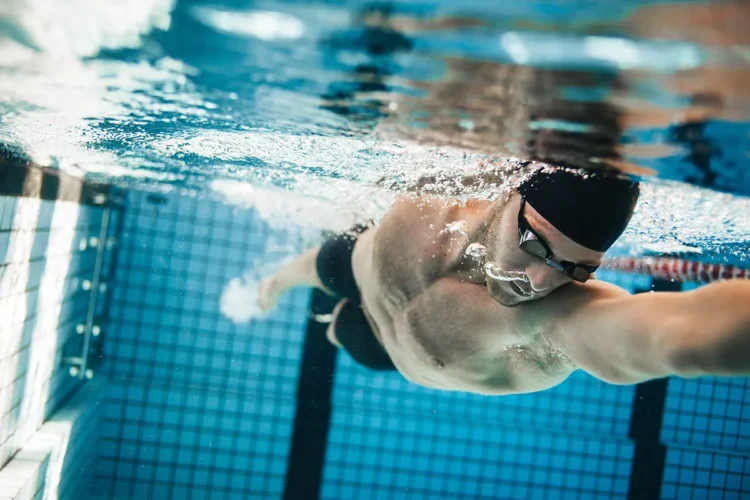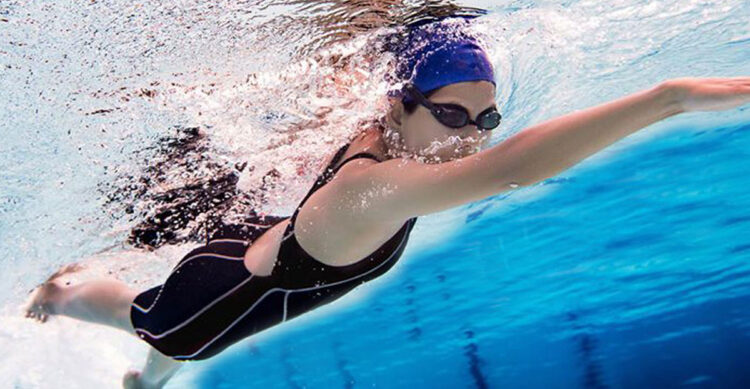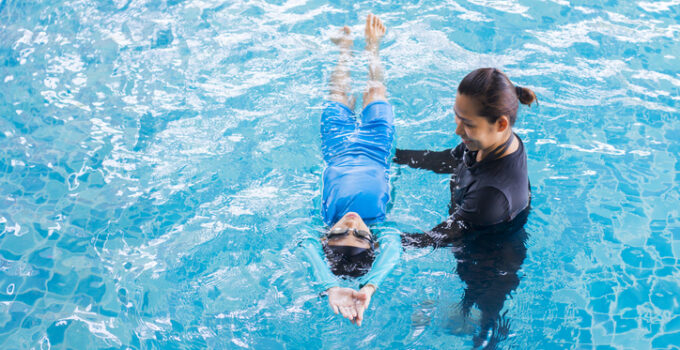Water, despite being a life-giving force, is ironically a source of dread for many. The fear of water, known as aquaphobia, can cripple an individual’s ability to enjoy life to the fullest. Whether it’s a fear of deep water, the thought of drowning, or just the sensation of water on the skin, aquaphobia can dramatically impact the quality of life. Coupled with the fact that swimming is a vital survival skill, the fear of water becomes a significant barrier to personal safety and growth.
Learning to swim not only equips one with a life-saving skill but also offers opportunities for physical exercise, recreational activities, and social interaction. It’s a journey of empowerment, moving from fear and anxiety towards freedom and enjoyment. This article aims to explore this transformation, delving into the causes and symptoms of aquaphobia, the benefits of swimming, and the different strategies to overcome this fear.
Page Contents
Understanding Aquaphobia

Source: thesun.co.uk
Aquaphobia, like all phobias, stems from various sources. Some people may have had traumatic experiences with water, such as nearly drowning or being forced to swim. Others might have developed this fear due to societal or familial influences. The triggers can range from being near a pool or a beach, the sight of large bodies of water, or even the sound of running water.
Symptoms of aquaphobia often manifest physically as an intense, irrational fear. Rapid heartbeat, trembling, nausea, and the urge to escape are common reactions. Mentally, individuals may experience severe anxiety, panic attacks, and preoccupation with the thought of encountering water. Understanding these triggers and symptoms is the first step towards addressing the fear.
The Benefits of Swimming

Source: swimming.org
The physical benefits of swimming are numerous. It’s a total body workout that strengthens muscles, enhances cardiovascular fitness, and improves flexibility. For those with physical disabilities or injuries, it’s an excellent form of low-impact exercise. Swimming is a powerful stress reducer, offering a sense of tranquility and liberation.
Beyond physical health, swimming also contributes to mental well-being. The feeling of buoyancy, rhythmic breathing, and repetitive strokes can be meditative, promoting mindfulness and relaxation. As one’s swimming skills improve, so does their self-confidence and self-esteem, fostering a sese of accomplishment and resilience.
Seeking Professional Help
Severe aquaphobia can benefit significantly from professional therapy or counseling. Cognitive-behavioral therapy (CBT), for instance, can help individuals identify negative thought patterns and replace them with healthier, more balanced views.
Specialized therapists and trainers play a crucial role in this journey. These professionals have a deep understanding of phobias and the accompanying physical and psychological responses. They offer a safe, supportive environment where individuals can face their fears at their own pace and gradually overcome them.
Gradual Exposure Therapy

Source: longevity.technology
Gradual exposure therapy is a popular strategy in treating phobias. It involves slowly exposing the individual to the feared object or situation, in this case, water. This gradual exposure might start with looking at pictures of bodies of water, followed by touching water, stepping into a shallow pool, and finally, taking swimming lessons Singapore and learning to swim.
Each step should be taken at a pace comfortable to the individual, ensuring they feel in control during the entire process. Over time, this desensitizes the fear response, leading to increased comfort and confidence.
Breathing and Relaxation Techniques
Learning to control one’s breath is a significant part of overcoming aquaphobia. Deep, rhythmic breathing can lower heart rate, reduce stress, and promote relaxation. Practices like yoga and meditation can help develop these skills.
During swimming lessons, mindfulness plays a crucial role. Being fully present, focusing on one’s body, the water’s temperature, the sound of one’s breath can all contribute to reducing anxiety and promoting a sense of calm.
Choosing the Right Swimming Program
When selecting a swimming program, ensure it caters to beginners, especially those with aquaphobia. The instructors should be patient, understanding, and equipped to handle learners’ anxiety.
Additionally, consider the class size, the depth and size of the swimming pool, and the teaching methodology. A smaller, intimate class often provides a safe and supportive learning environment, allowing for individual attention and slow-paced progress.
Utilizing Swim Aids and Safety Measures

Source: swimming.org
For beginners, the use of swim aids like flotation devices, noodles, or kickboards can be beneficial. They provide a sense of security and allow learners to focus on mastering their swimming techniques without fear of sinking.
Emphasizing water safety rules is also vital. Learning about pool safety measures, understanding the importance of never swimming alone, and knowing when it’s safe to enter the water can significantly reduce fear and anxiety.
Building Trust and Confidence
Trust is a key element in overcoming aquaphobia. Trust in oneself, in the instructor, and in the safety of the water environment. It’s a gradual process built over time with positive experiences.
Celebrate each victory, no matter how small. Overcoming a fear is a journey filled with small steps forward. Acknowledging these achievements boosts confidence and encourages continued progress.
Overcoming Setbacks and Challenges
Overcoming aquaphobia is a process filled with ups and downs. It’s important to recognize that setbacks are a natural part of the learning process. Instead of viewing these as failures, see them as opportunities to learn and grow.
Perseverance is key. Stay patient, keep practicing, and maintain a positive mindset. Remember, progress may be slow, but each step brings you closer to your goal.
Creating a Supportive Environment

Source: chessgroveswim.co.uk
Having a strong support system can make a significant difference. Encouragement from family and friends can boost morale and provide motivation.
Consider joining group swimming classes. These provide a sense of camaraderie and shared experiences, making the journey less intimidating. Seeing others facing similar fears can provide a much-needed sense of belonging and encouragement.
Conclusion
Overcoming aquaphobia is a transformative journey, filled with challenges and triumphs. Learning to swim is not just about acquiring a life skill, but about empowering oneself, conquering fears, and enhancing quality of life.
This journey may seem daunting, but remember, every great journey begins with a single step. And that first step is making the decision to face your fear. So, take that first step today. Dive into the adventure of conquering your fear of water and embracing the joy of swimming. You’ve got this!




